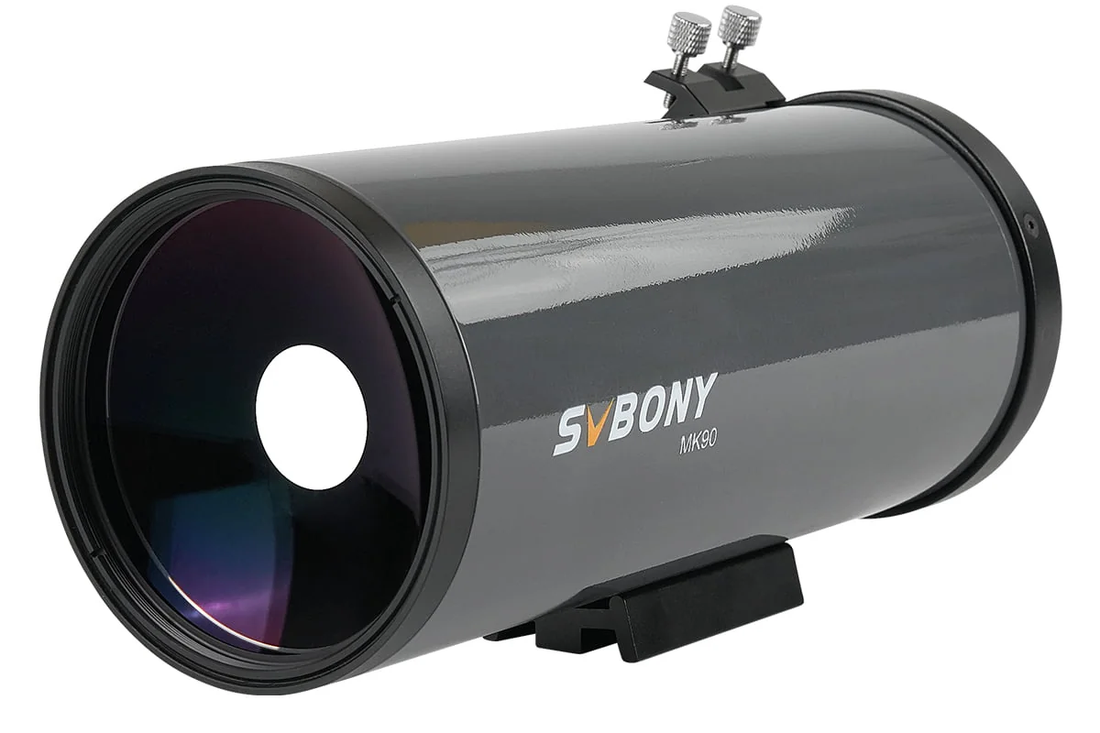
What is a Maksutov-Cassegrain Telescope?
The Maksutov-Cassegrain telescopes, often abbreviated as "Mak-Cass" or simply "Mak", are fascinating instruments that combine the best of both worlds: mirrors and lenses. These telescopes belong to the family of catadioptric telescopes, which use both mirrors and lenses to collect and focus light. This unique design offers several advantages that make it a popular choice among amateur astronomers.
\nHistory and Design
\nThe Maksutov-Cassegrain telescope takes its name from its inventor, Dmitri Dmitrievich Maksutov, a Soviet optician who patented this design in 1941. Maksutov was inspired by the Schmidt camera concept, which uses the spherical errors of a negative lens to correct the opposite errors in a spherical primary mirror.
\nThe Maksutov design incorporates a meniscus correcting lens at the front of the telescope, which corrects chromatic aberrations and off-axis aberrations such as coma, common in traditional reflecting telescopes.
\nThe Maksutov-Cassegrain design is a variation of the classic Cassegrain telescope. It uses a convex secondary mirror placed near the focal point of the primary mirror. This secondary mirror is often a small aluminized spot on the inner face of the correcting lens, which simplifies construction and eliminates the need for a spider to hold the secondary mirror, thereby reducing diffraction spikes.
\nAdvantages of Maksutov-Cassegrain Telescopes
\n- \n
- \nCompact: Thanks to their folded design, these telescopes are much more compact than their refractor or reflector counterparts, making them easier to transport and install. \n
- \nOptical quality: Their correcting lens reduces chromatic and spherical aberrations, offering exceptional image quality, ideal for lunar and planetary observation. \n
- \nRobustness: Their sealed design makes them resistant to shocks and temperature variations, thus reducing the need for frequent collimation. \n
- \nVersatility: Although optimized for planetary observation, they are also effective for deep-sky, allowing observations of globular clusters, nebulae, and galaxies. \n
Modern Variations and Uses
\nThere are several variations of the Maksutov-Cassegrain:
\n- \n
- \nGregory Maksutov-Cassegrain: Uses an aluminized spot on the correcting lens as the secondary mirror, simplifying fabrication. \n
- \nRutten Maksutov-Cassegrain: Incorporates a separate secondary mirror, offering a wider field of view and better optical correction. \n
These telescopes are also widely used in military and industrial applications due to their robustness and ability to maintain precise alignment.
\nConclusion
\nThe Maksutov-Cassegrain telescopes are powerful and compact instruments, perfect for astronomical observation. Thanks to their unique design combining lenses and mirrors, they provide images of exceptional sharpness with minimal optical aberrations.
\nIf you are considering purchasing a Maksutov-Cassegrain, take into account your specific needs to choose the right model. Whether you are a beginner amateur or an experienced enthusiast, these telescopes will offer you an unparalleled observing experience.

 All
All
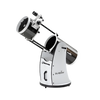 Dobson
Dobson
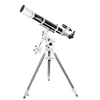 Refractors
Refractors
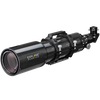 Ed & Apochromates
Ed & Apochromates
 Newtonian reflector
Newtonian reflector
 Schmidt Cassegrain
Schmidt Cassegrain
 Maksutov-Cassegrain
Maksutov-Cassegrain
 Solar
Solar
 Researcher
Researcher
 Focal reducer
Focal reducer
 Intelligent
Intelligent
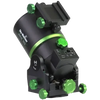 All
All
 Equatorial
Equatorial
 Alt/Az
Alt/Az
 Harmonic
Harmonic
 Tripods
Tripods
 Accessories
Accessories
 All
All
 Wide angle
Wide angle
 Zoom eyepieces
Zoom eyepieces
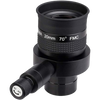 Reticulated eyepieces
Reticulated eyepieces
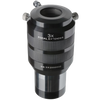 Barlow
Barlow
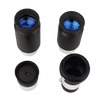 Plössl
Plössl
 Binoculars
Binoculars
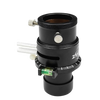 Atmospheric Corrector
Atmospheric Corrector
 All
All
 Visual
Visual
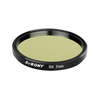 Photo
Photo
 Polarisants
Polarisants
 Solar Filters
Solar Filters
 Accessories
Accessories
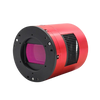 All
All
 Color Cameras
Color Cameras
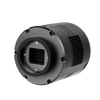 Monochrome Cameras
Monochrome Cameras
 Planetary/Guiding
Planetary/Guiding
 Objectives
Objectives
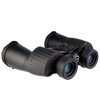 All
All
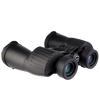 Binoculars
Binoculars
 Spotting Scope and Monocular
Spotting Scope and Monocular
 Elbows
Elbows
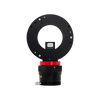 Optical Divider
Optical Divider
 Mirrors
Mirrors
 All
All
 Bags and protections
Bags and protections
 Supports and counterweights,
Supports and counterweights,
 Camera adapters
Camera adapters
 Focuser
Focuser
 Collimation
Collimation
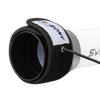 Heating band
Heating band
 Cables
Cables
 Collars
Collars
 Computers
Computers
 Fans
Fans
 Others
Others
 All
All
 Weather Station
Weather Station
 Thermometer
Thermometer
 All
All
 Observatory/Domes
Observatory/Domes
 Accessories
Accessories
 Askar
Askar
 Baader
Baader
 Bresser
Bresser
 Celestron
Celestron
 Explore Scientific
Explore Scientific
 GSO
GSO
 Optolong
Optolong
 Touptek
Touptek
 Vixen
Vixen
 ZWO
ZWO